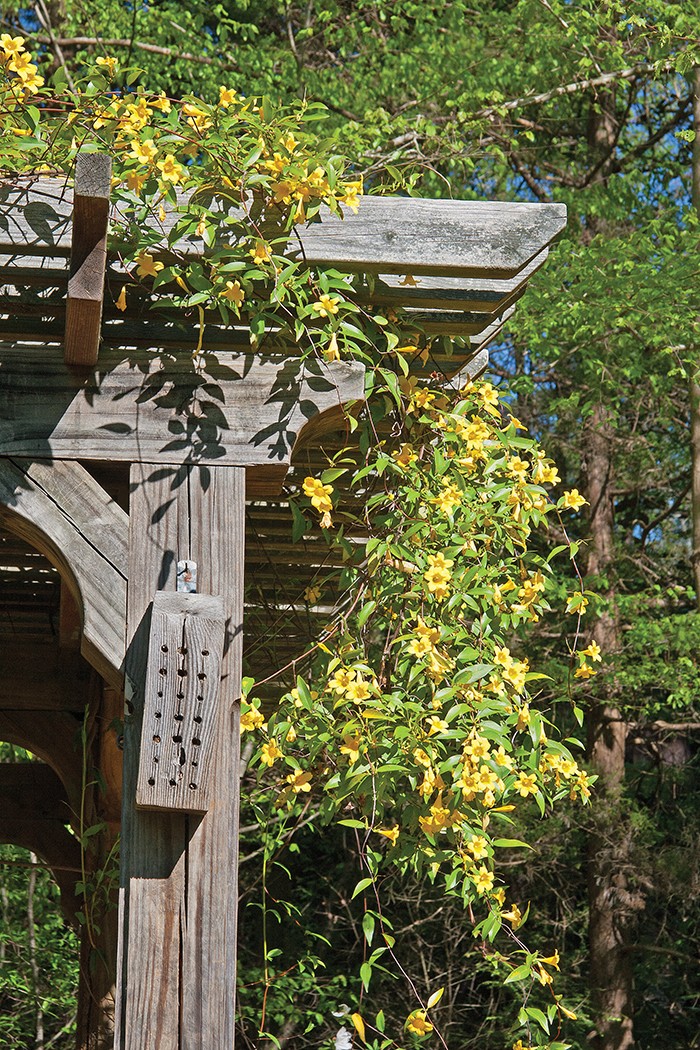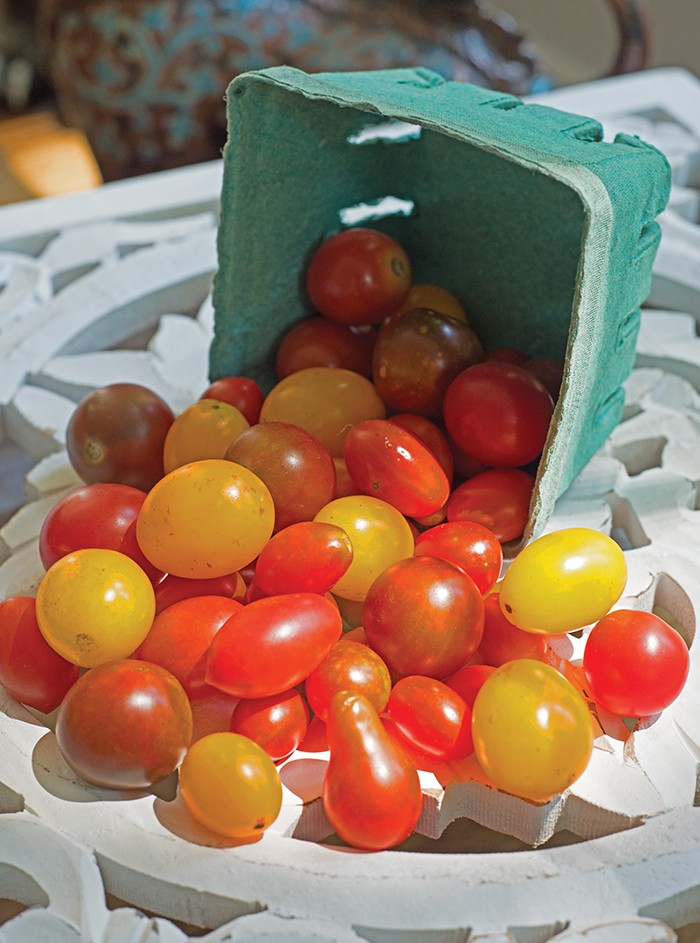With the arrival of spring, many gardeners are undoubtably scratching their itch to get the veggie patch going by planting tomatoes. Yep, nothing like visions of great big ol’ red, ripe ’maters to shake off the lingering shivers of a long winter.
However, while growing “great big ’ol” tomatoes is a typical goal for most gardeners, there are plenty of little tomatoes to try that will make up in quantity what they lack in size. Commonly called “grape” or “cherry” tomatoes, these delicious tidbits are certainly worth saving space for in the vegetable garden.
There are differences in these two miniature tomatoes. Grape cultivars are a bit oblong — like a grape — and typically have thick skins, which helps them store longer. Cherry selections are more rounded with thinner skins and juicier insides, meaning these tiny tasties can be a delicious, squirty mess if you don’t chomp down on ’em right.
How you prefer your harvest is another consideration to keep in mind because these minute ’maters can be determinate or indeterminate. Determinate selections are often tagged “patio” tomatoes because of their short stature. Harvest time is a matter of weeks, not months. Typical cultivars include ‘Baby Boomer,’ ‘Tiny Tim’ and ‘Patio Choice Yellow’ on the cherry side, while ‘Moby Grape,’ ‘Sweet Olive’ and ‘Fantastico’ are standard grape choices.
Indeterminate little tomatoes usually grow tall and lanky, and need supports such as cages or stakes. These are the long-haul types, producing fruits from early summer until the fall frosts, if the plants are kept happy and healthy. ‘Sungold,’ ‘Sweet 100’ and ‘Sugar Rush’ are popular cherry picks, but grape goodies such as ‘Sweet Hearts,’ ‘Jelly Beans’ and ‘Golden Sweet’ deserve consideration, too.
All of the cultivars mentioned above are easy finds as seeds online, but if you prefer to start with plants, there will be plenty of choices to pick from at local garden shops this spring.
Like their big brothers, little tomatoes are sun worshipers, so find a spot that basks in ol’ Sol’s daily rays for at least six to eight hours. The planting site should be well draining and liberally enriched with compost or a quality commercial soil conditioner.
Ground moisture is also important to produce big crops of little tomatoes, so water every few days through the growing season and maintain at least a three-inch covering of mulch around the plants.

Carolina jessamine in full spring flaunt at the NC Botanical Garden in Chapel Hill.
Looking for dependable beauties to light up ornamental beds? Go wild with tough-yet-showy native plants such as goldenrod, Joe-pye weed, turtlehead, cardinal flower, ironweed, black-eyed Susan, Carolina jessamine, false indigo, spiderwort, butterfly weed, coral honeysuckle and climbing aster. These and other indigenous eye-catchers can often be found for sale at local nurseries and are always available online, but also look for them at the nifty little plant shop at the NC Botanical Garden (ncbg.unc.edu) in Chapel Hill while enjoying their many native plant displays, plenty of which by now should be in their full spring fling.
To Do in the Garden
April
- The end of this month is a good time to begin planting both big and little tomatoes. Mid to late April is also when other summer favorites such as squash, peppers, watermelons, snap beans, eggplant, cucumbers and field peas can come out and play in the veggie garden.
- If you are thinking about adding the beauty that is a climbing rose to your garden, remember that this long, lanky plant will stretch, not grab, its way up. Climbing roses need to be trained and tied onto supports. However, to prevent cane damage, secure them loosely.
- Dahlias can be planted in late April, but without help, the typically tall selections are destined for face flops in the summer garden. Either add support stakes to the planting holes now (to avoid damage to the root system and tubers later) or opt for shorter, so-called border dahlias instead.
- Ugly fences, lonely gazebos and bare decks can quickly get into the swing of a new growing season by dolling them up with such fast-growing vines as cypress vine, morning glory, sweet potato vine, scarlet runner bean, black-eyed Susan vine, purple hyacinth bean or moonvine.
- 2022 Maggy Awards: Shopping
- 2022 Maggy Awards: Services
- 2022 Maggy Awards: Lifestyle
- 2022 Maggy Awards: Restaurants
- Presenting the 2022 Maggy Awards: Best of Cary Magazine
- Local Soil Mates
- Things to Do: April 2022
- Restaurant Profile: Big Mike’s BBQ
- Worth the Drive: Zeera Indian Restaurant
- Houseplants: Your New Best Fronds
- Small Business Spotlight: The Wine Merchant
- Nonprofit Spotlight: Friends of Hemlock Bluffs
- Liquid Assets: Why is Sally So Dangerous?
- Liquid Assets: Cary Gold from Bond Brothers Beer Company
- On Trend: Copperline Plant Co.
- Garden Adventurer: The Little Tomatoes







